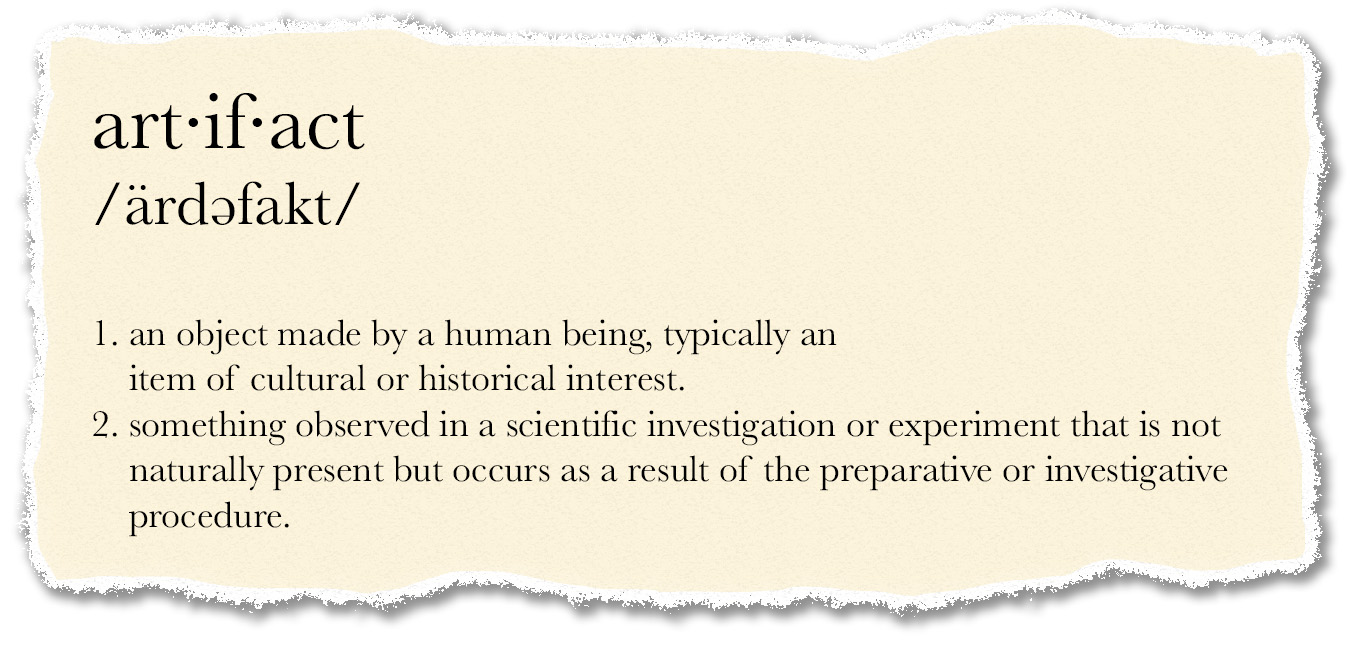


For instance, the presence of a small projectile point infers the use of bow and arrow for hunting or defensive purposes. This approach has the benefit of allowing behavioral inferences through the identification of a single artifact. Typological analyses classify artifacts into groups considered to have some sort of technological or functional meaning. This analytic format combines typological and attribute approaches to the examination of chipped stone artifacts. This format has been used in most chipped stone analyses conducted since the late 1980s, providing a data base containing information on thousands of chipped stone artifacts from dozens of sites across the state and representing the past 3,000–4,000 years of New Mexico prehistory. The OAS uses a standardized analytic format that was designed to allow comparability between projects separated by time, culture, and distance. All in all, a thorough analysis of chipped stone artifacts can provide a fairly comprehensive view of how those materials were used in the society that created them. The debris left behind by flintknapping can aid in deriving information about the types of tools that might have been manufactured at a site, even when those tools were carried off and used and discarded elsewhere. Certain wear patterns on tool edges can be used to indicate that they were used in hide preparation, or used to cut, whittle, or saw materials. By looking at the types of breaks on projectile points, we can learn whether they broke while they were being made, snapped during use and discarded and replaced at a hunter's home, or perhaps returned to a site in an animal carcass after a successful hunt. An examination of tool edges can provide clues about how those tools were used. Perhaps more important, the analysis of chipped stone artifacts can help to discern many of the activities that were performed by prehistoric peoples at a site. Under the right circumstances, samples cut from obsidian artifacts can be used to derive a more exact date, though this procedure is much more complex than archaeologists had once hoped it would be (see Archaeomagnetic Dating Laboratory). Projectile point styles change through time, and by placing tools of this type in a specific style it is often possible to assign a general date to a site. Some chipped stone artifacts can be used to assign dates to archaeological sites, though not often with the precision of other dating methods. By determining where materials were obtained, archaeologists are able to learn where prehistoric peoples traveled, or what links they had to people inhabiting other regions. The analysis of chipped stone artifacts can tell us quite a bit about the people who made and used them. Stone tools were used by people living in New Mexico from Paleoindian times into the early twentieth century, and that makes their study integral to understanding past lifeways.


 0 kommentar(er)
0 kommentar(er)
